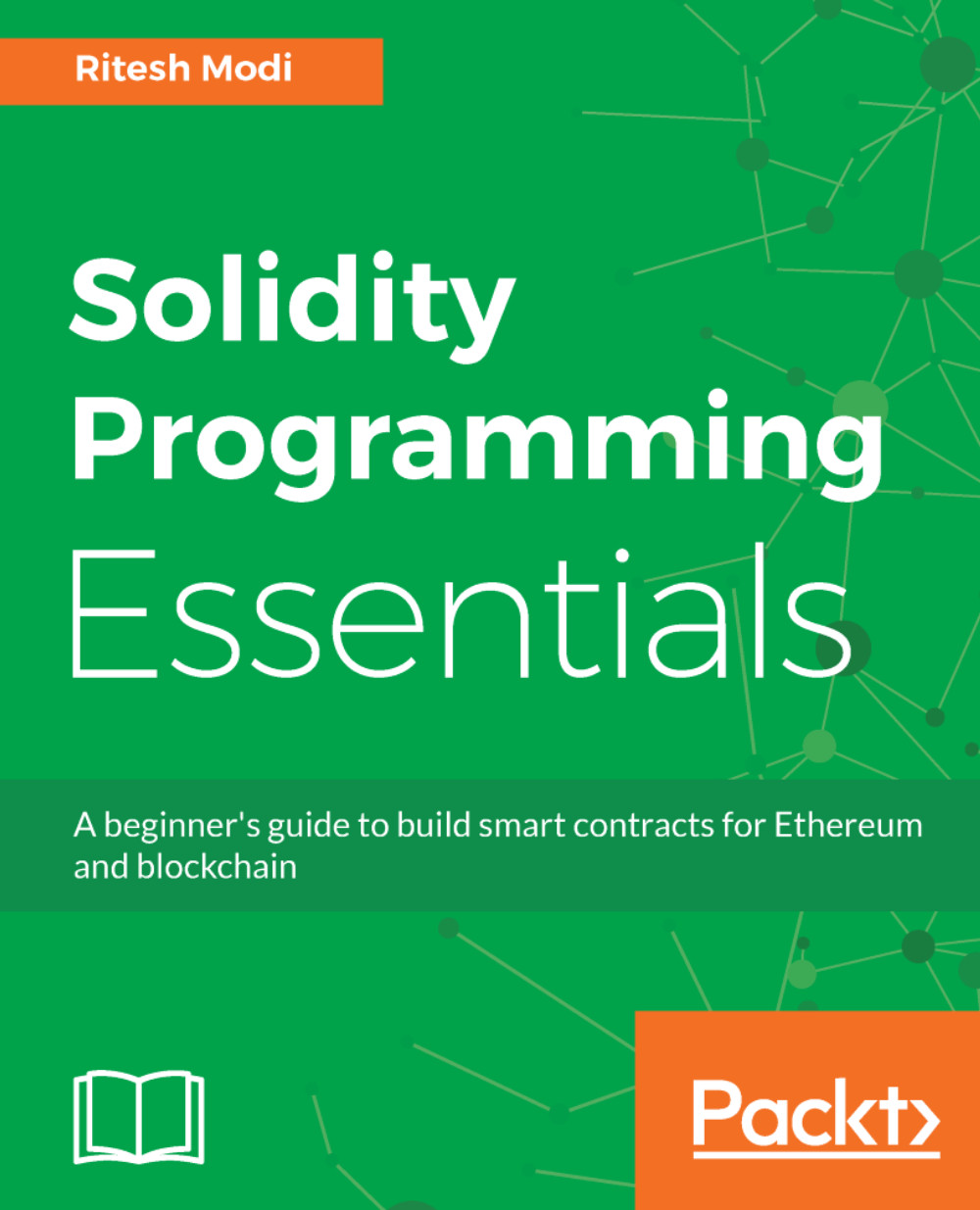This decade has already seen the extraordinary evolution of the technology and computing ecosystem. Technological innovation and its impact has been noticeable across the spectrum, from the Internet of Things (IoT), to Artificial Intelligence (AI), to blockchains. Each of them has had a disruptive force within multiple industries and blockchains are one of the most disruptive technologies today. So much so that blockchains have the potential to change almost every industry. Blockchains are revolutionizing almost all industries and domains while bringing forward newer business models. Blockchains are not a new technology; however, they have gained momentum over the last couple of years. It is a big leap forward in terms of thinking about decentralized and distributed applications. It is about the current architectural landscape and strategies for moving toward immutable distributed databases.
In this first chapter, you will quickly learn and understand the basic and foundational concepts of blockchains and Ethereum. We will also discuss some of the important concepts that makes blockchains and Ethereum work. Also, we will touch briefly on the topic of smart contracts and how to author them using Solidity.
It is to be noted that this chapter briefly explains important blockchain concepts. It does not explain all concepts in detail and would require a complete book only for that purpose. Since Ethereum is an implementation of a blockchain, both the words have been used interchangeably in this book.
This chapter will focus on introducing the following topics:
- What is a blockchain and why is it used?
- Cryptography
- Ether and gas
- Blockchain and Ethereum architecture
- Nodes
- Mining
- Understanding accounts, transactions, and blocks
- Smart contracts


